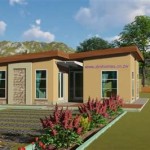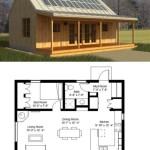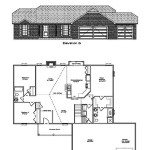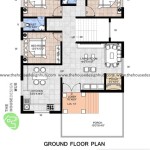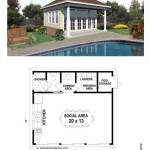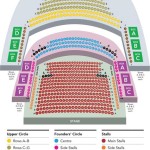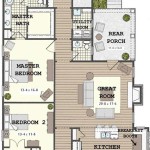Regency Home Plans: A Guide to Elegance and Symmetry
Regency architecture, a period of British architectural history spanning from approximately 1811 to 1820, coinciding with the Regency era, embodies a distinctive style known for its elegance, symmetry, and classical influences. Regency home plans reflect this aesthetic, offering a glimpse into a period that prized refined proportions and understated grandeur. This article will explore the defining characteristics of Regency home plans, common features, and the enduring appeal of this architectural style.
The Regency period saw a shift away from the more elaborate ornamentation of previous styles. Influenced by Greek and Roman architecture, Regency homes emphasized clean lines, balanced facades, and geometric shapes. Homes typically feature a stucco exterior, often painted white or cream, giving them a light and airy appearance. This contrasts with the darker brickwork common in earlier Georgian architecture.
Symmetry is a hallmark of Regency home plans. The front facade is usually designed around a central entrance, with evenly spaced windows and balanced architectural elements on either side. This creates a sense of order and harmony. The use of classical motifs such as columns, pilasters, and entablatures further enhances the symmetrical composition and the overall classical feel.
Roofs in Regency architecture are typically low-pitched and hipped, covered with slate or tile. Balustrades and parapet walls are often incorporated, adding a decorative touch to the roofline. Dormer windows, both functional and ornamental, may also be present to provide light and ventilation to the upper floors. Chimneys are often symmetrically placed and integrated into the overall design of the roof.
Entrances in Regency homes are designed to make a statement. Often featuring a prominent front door, typically painted a contrasting color to the stucco facade, entrances may include decorative elements such as fanlights, sidelights, and columns or pilasters flanking the doorway. These features enhance the sense of formality and create a welcoming focal point.
Windows in Regency homes are typically tall and narrow, with multiple panes arranged in a sash window configuration. These windows contribute to the overall vertical emphasis of the style and allow ample natural light into the interiors. Bay windows, often projecting from the main structure, are another common feature, providing additional space and visual interest.
Interiors of Regency homes are characterized by spacious rooms with high ceilings, designed for both functionality and entertainment. Typical layouts include a formal drawing room, dining room, and library, often arranged around a central hallway or staircase. Decorative plasterwork, including cornices, ceiling roses, and friezes, are common interior features, adding a touch of elegance and sophistication.
The use of color in Regency interiors was typically restrained and elegant. Neutral tones such as white, cream, and pale gray were commonly used for walls and ceilings, providing a backdrop for more vibrant accent colors in furnishings and textiles. Deep reds, blues, and greens were popular choices, often incorporated through upholstery, draperies, and decorative accessories.
Fireplaces played a central role in Regency homes, providing both warmth and a focal point for gathering. Fireplace surrounds were often made of marble or wood, incorporating classical motifs and decorative detailing. Mantelpieces served as display areas for decorative objects, adding to the overall aesthetic of the room.
Staircases in Regency homes were often grand and sweeping, designed to make a statement. Typically crafted from wood with ornate balustrades and newel posts, staircases were positioned prominently within the home, serving as both a functional element and a decorative feature.
While Regency architecture initially flourished during a specific historical period, its appeal has endured. The timeless elegance and balanced proportions of Regency home plans continue to resonate with homeowners today. Modern interpretations of Regency style often incorporate updated features and amenities while retaining the essential characteristics that define the architectural style.
The continued popularity of Regency home plans reflects a desire for classic design principles and a sense of enduring style. The emphasis on symmetry, proportion, and elegant detailing provides a timeless backdrop for contemporary living. Whether choosing a traditional or a more modern interpretation, Regency homes continue to offer a blend of sophistication and practicality that transcends fleeting trends.
When considering Regency home plans, it's important to consult with architects and builders experienced in this architectural style. They can provide guidance on incorporating Regency features into a new build or adapting existing structures to reflect the elegance and symmetry of this enduring architectural tradition.

Houseplan From Ackermann S Regency Architecture Vintage House Plans Little

Susanna Ives Floating World

Hollywood Regency House Plan The Beautiful Home

The Architect Regency Town House

Chapter Ii Large Town Houses Mansion Floor Plan Plans Vintage House

Featured House Plan Bhg 6012

Regency Reader Questions The Withdrawing Rooms

Regency Reader Questions The Withdrawing Rooms

Hollywood Regency House Plan The Beautiful Home

4 Bedroom Regency Vintage House Plans Architectural Cottage

